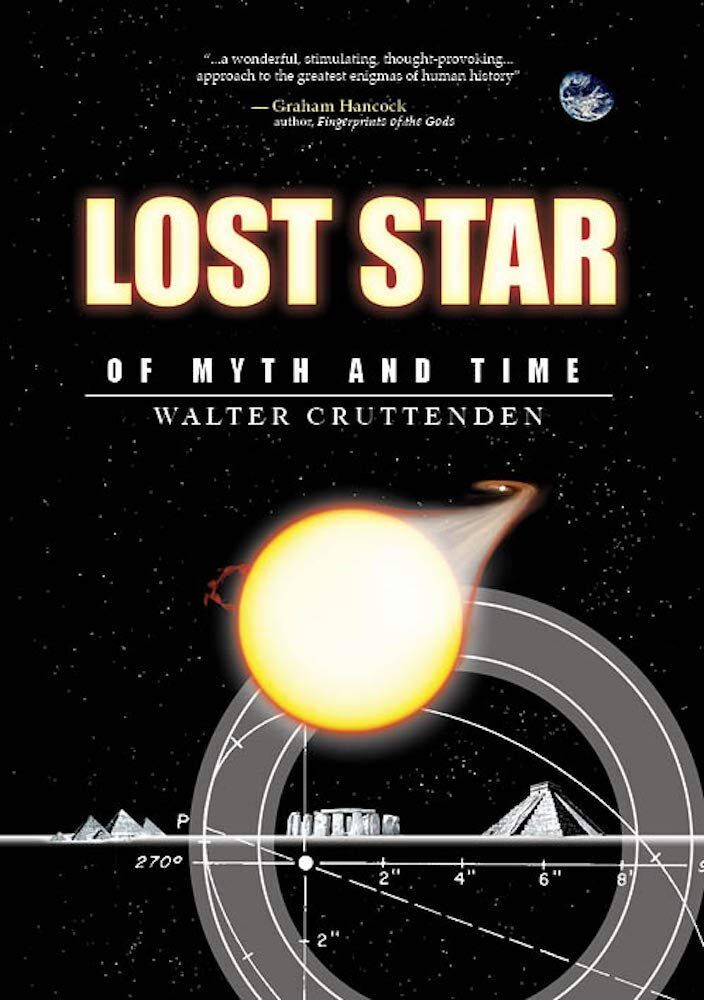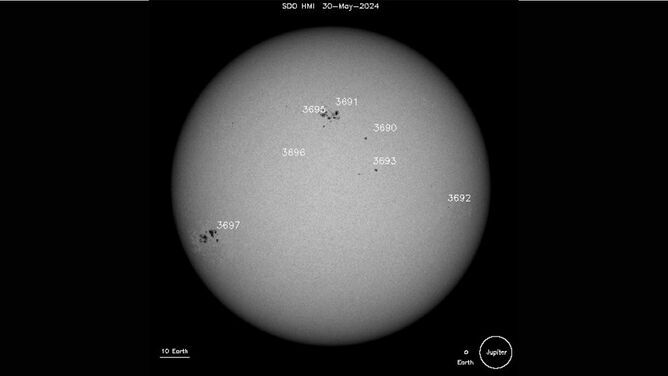
© Randall Carlson June 2024 Newsletter
In April 2024 a study was published in the journal Planetary and Space Science looking at one of the lesser-known meteor streams. In this study a team of astronomers and astrophysicists from the Institute of Astrophysics of the National Academy of Sciences of Tajikistan and the Astronomical Observatory Institute, A. M. University in Poland, examined evidence for a meteor stream whose
radiant point was in the constellation Virgo, hence bearing the name the Virginid stream. The authors begin their report by establishing a context for their research. (If their wording is somewhat awkward, bear in mind that English is not their first language.) I have made minor editing and grammatical changes for clarity.
"Besides major planets a lot of smaller bodies are moving in the solar system. This population consists of comets, asteroids, and meteoroids. Comets and asteroids are parents of meteoroids. A huge number of meteoroids generated by a parent body form a meteoroid stream. The stream meteoroids are moving in interplanetary space in similar orbits close to the orbit of the parent. It is accepted that the activity of comets or their destruction are responsible for formation of meteoroid streams. Forming of a stable long-lived meteoroid stream can be provided by a periodic normal gas- and dust producing activity of comet which is observed during passage of the perihelion. (perihelion is the closest passage of the object to the Sun.) . . . A concept of the formation of meteoroid streams as a result of the cometary activity, as well the circumstances of their evolution and structure are described in a lot of papers. When the Earth crosses the meteoroid stream orbits, meteor showers occur. As was shown by Babadzhanov and Obrubov, 1992, one stream might produce from four to eight meteor showers observable on the Earth. Note, quadruple crossings are the most common among meteoroid streams. For instance, the Taurid meteoroid stream consists of four meteor showers. At the per-perihelion crossing with the Earth's orbit they are the Northern and Southern Taurids . . . which are observable on the Earth annually in September-November, as well as the Daytime beta-Taurids and Daytime zeta-Perseids observable in June-July which are occurring at the post-perihelion crossing. The well-known parent body of the Taurid stream is comet 2P/Encke; however, it turned out that more than 40 near-Earth asteroids (NEAs) relate to this family. The dynamical association of these objects was found and the family was called the Taurid asteroid-meteoroid complex. It was determined that asteroids of the Taurid complex very likely are extinct cometary nuclei or dead fragments of the larger comet-progenitor."
I would note that there is a widely held opinion that comet Encke is not the original progenitor comet of the Taurid stream, rather it is a fragment of the original nucleus which was much larger. As many enthusiasts of this work and research are aware,
the Taurid meteor streams have likely played a profound role in both Earth and human history over the past 25 to 30 thousand years. It has been proposed that impact events at the lower Younger Dryas boundary were associated with the Taurid stream. It is likely that the Tunguska event of 1908 was caused by a fragment of the stream as well. It is probable that many more events involving the Taurids remain to be discovered.













Comment: SOTT has been exploring the above ideas, from numerous angles, for decades, and the following articles provide fascinating insight into the findings:
- The Golden Age, Psychopathy and the Sixth Extinction
- Did Earth 'Steal' Martian Water?
- Planet-X, Comets and Earth Changes by J.M. McCanney
- Nemesis, not 'Nibiru' - Clarifying mainstream reports about 'a large ninth planet' that periodically sends comets our way
- Forget About Global Warming: We're One Step From Extinction!
Also check out SOTT radio's: